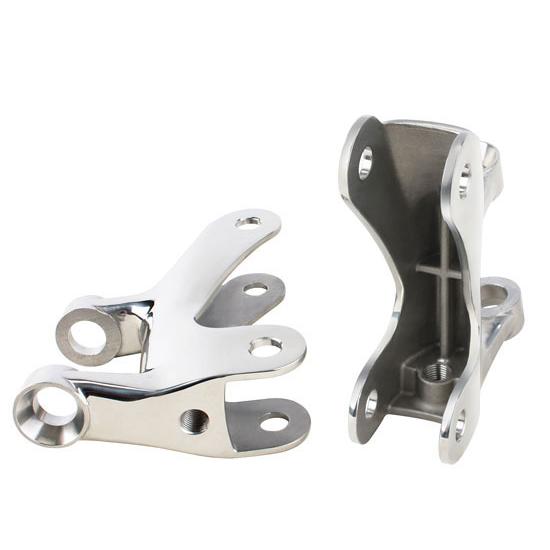my lack of knowledge of these things is pretty obvious since i don't even know a) if there is one and b) what, exactly they do!
OK. Let me explain. (Sorry if I get wordy - I'm a retired school teacher.) A panhard bar is used to keep the axle (front or rear) from moving side-to-side. When an axle is suspended by a pair of parallel leaf springs, there is no side-to-side movement, so a panhard bar is not needed. When coil springs or coilover shocks are used, however, the axle has to have some way to keep it centered. One method is a triangulated 4-bar system, another is a wishbone arrangement like Ex-Junk's roadster, and still another is a Watts link or Jacob's ladder. All are effective and each has its advantages. I could write a full page explaining the workings of each, but a simple panhard bar is the easiest to understand, the easiest to fabricate, and usually requires the least space. It is an adjustable link that reaches from a mounting point on one side of the frame to a mounting point near the opposite end of the axle. If you look at the first picture in my post above, the frame bracket is on the right front corner of the frame (left side in the picture; we're looking from the front). The opposite end of the bar is attached to a bracket welded on the axle near the left end. The axle is free to move up and down, but its side-to-side location is stabilized by the panhard bar. It will still move side-to-side very slightly because as the panhard bar swings up and down it moves in a radius or semi-circular motion. That movement is now controlled, however, and it is very slight.
When a transverse leaf spring (commonly called "buggy spring") is used like on the front of your roadster a couple of variables come into play. A transverse leaf spring with a lot of preload and very short shackles has a sort of "self-centering" effect and do not always require a panhard bar. Ford built cars for years (up through 1934) with no panhard bar or any other axle centering device except spring tension because they had what is called parallel steering (The steering gear and drag link put forward/backward force on the axle). When they went to cross-steering in 1935, they added a panhard bar to the front axle assembly. The reason is when you apply steering wheel input, the steering box (or Unisteer unit on your car) puts sideways pressure on the steering linkage. Without a panhard bar the effect is it moves the whole axle assembly sideways to the limits of the spring and shackles before the wheels actually begin to "steer". The panhard bar keeps the axle assembly centered so the steering wheel input is instantly translated into wheel movement.
I hope this helps...








